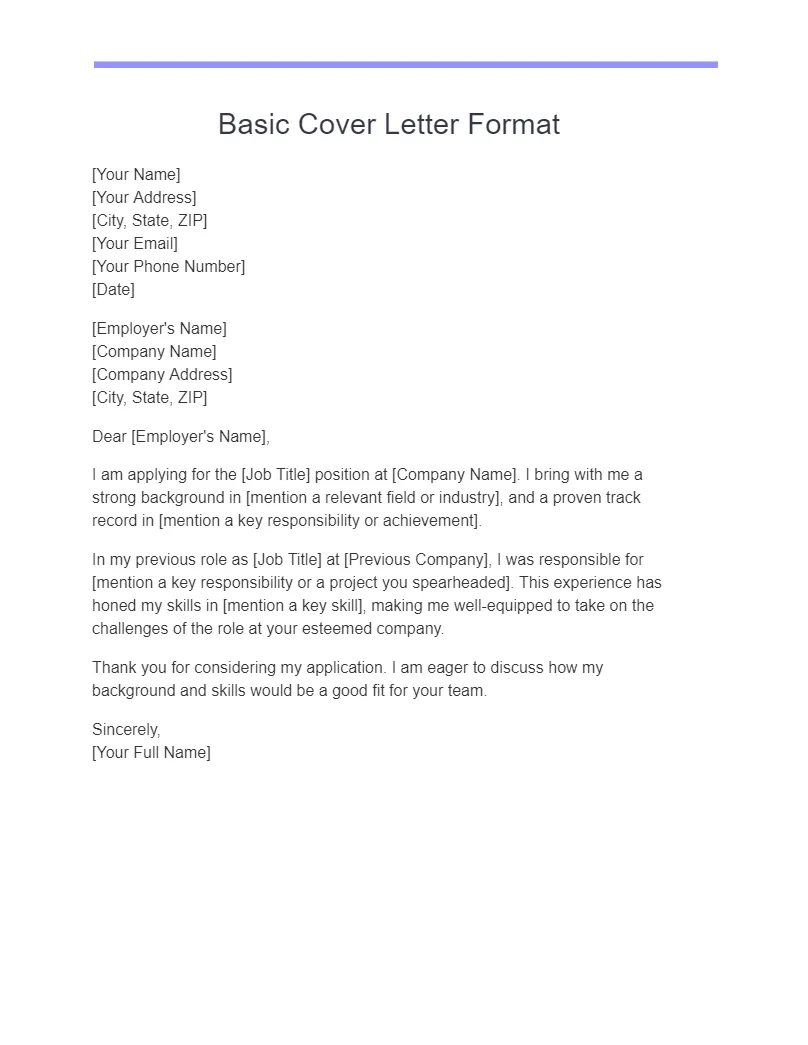Why Cover Letters Matter
Cover letters are your first opportunity to make a strong impression on a potential employer. They provide a crucial platform to introduce yourself, highlight your key skills and experiences, and express your genuine interest in the position and the company. Unlike a resume, which offers a brief overview of your professional history, a cover letter allows you to tell a story. It’s where you can connect your skills to the specific requirements of the job description and explain why you’re the ideal candidate. A well-crafted cover letter demonstrates your communication skills, attention to detail, and enthusiasm, setting you apart from other applicants who may only submit a resume. Moreover, a cover letter can address any potential red flags in your application, such as gaps in employment or career changes. Therefore, a well-written cover letter can significantly increase your chances of securing an interview and ultimately landing your dream job. Cover letters are not optional; they are essential.
What to Include in a Cover Letter
A compelling cover letter typically includes several key components, each serving a specific purpose in presenting your qualifications and enthusiasm. Begin with your contact information and the date, followed by the hiring manager’s information. The opening paragraph should immediately capture the reader’s attention by stating the position you’re applying for and where you found the listing. Then, delve into your relevant skills and experience, providing specific examples of your achievements and quantifying them whenever possible. Show how your past roles align with the job’s requirements. Clearly express your interest in the company and the specific role, demonstrating that you’ve researched the company and understand its mission and values. Finally, end the cover letter with a call to action, such as requesting an interview, and thank the hiring manager for their time and consideration. Tailoring each cover letter to the specific job and company is crucial to demonstrating your genuine interest and suitability.
Your Contact Information
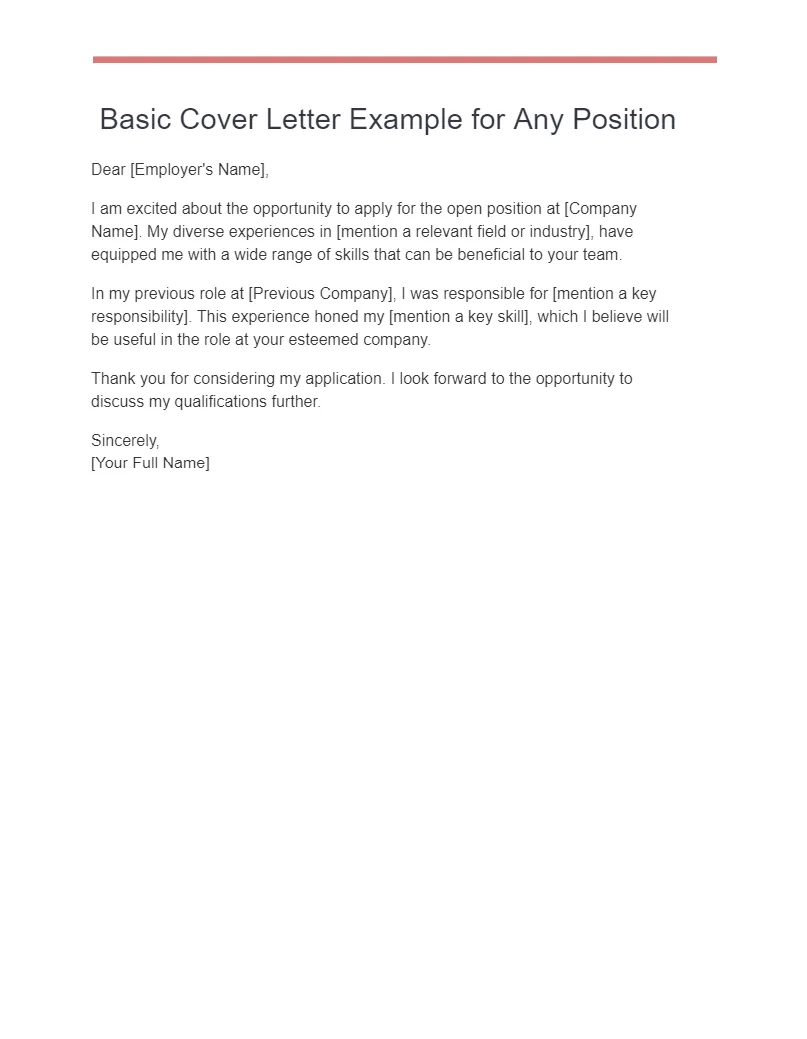
At the very top of your cover letter, you need to include your contact information. This allows the hiring manager to easily reach out to you if they are interested in your application. Include your full name, address, phone number, and professional email address. Ensure the email address is professional and suitable for job applications; avoid using nicknames or casual addresses. Accuracy is essential here; double-check all the information to prevent any errors that might prevent the hiring manager from contacting you. This section sets the foundation for the rest of the cover letter and ensures you’re easily reachable for interviews and further communications. Keep this section clean and concise, making it easy to scan and read, so the hiring manager can quickly access your contact details.
The Hiring Manager’s Information
Addressing your cover letter to a specific person significantly increases its impact. Research the hiring manager’s name and title using LinkedIn or the company website; if you can’t find a name, use a generic salutation like ‘Dear Hiring Manager’. Including this personal touch shows that you’ve taken the time to research the company and the role, demonstrating your commitment. Following your contact information, provide the date and then the hiring manager’s name, title, and the company’s address. This not only looks professional but also indicates that you’ve taken an extra step. If you’re unsure of the exact title, use the general title associated with the role. Accuracy here is key; ensure the information is correct and up-to-date. This detail sets a professional tone from the start, indicating that you’re serious about the application.
The Opening Paragraph
The opening paragraph is your first opportunity to grab the hiring manager’s attention. Start by clearly stating the position you’re applying for and how you learned about it (e.g., through a job board, company website, or referral). Briefly mention a compelling reason why you’re interested in the role or company. This can be a notable achievement, a skill that aligns with the job description, or a shared value that resonates with you. Avoid generic phrases and aim for a concise and engaging start. For instance, instead of ‘I am writing to express my interest,’ consider something like ‘I am excited to apply for the Marketing Manager position at XYZ Company, as advertised on LinkedIn, and believe my experience in…’ This approach immediately tells the reader why you’re writing and what makes you a strong candidate, setting a positive tone for the rest of the cover letter.
Expressing Your Interest
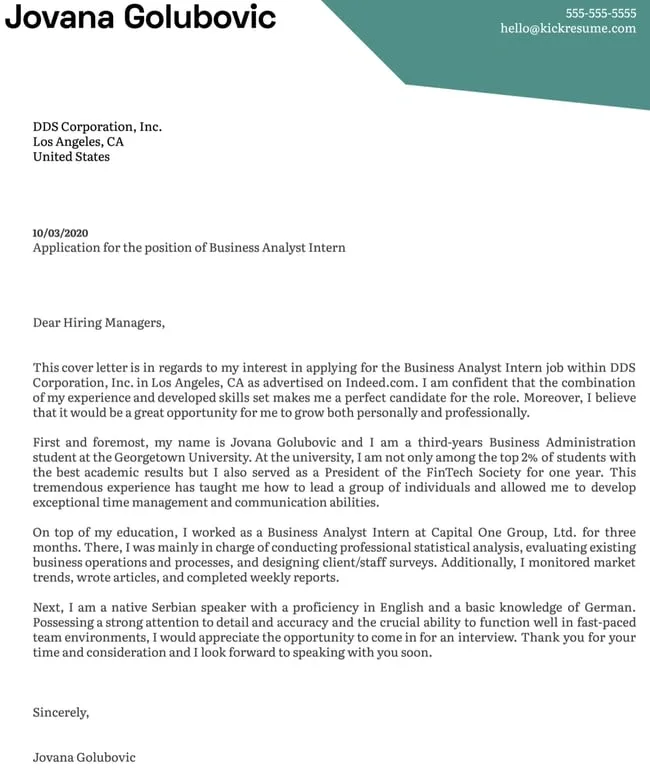
Expressing your interest in the company and the role is crucial. Show that you’ve researched the company and genuinely understand its mission, values, and recent achievements. Connect your personal career goals with the company’s objectives. Mention specific projects or aspects of the company that appeal to you, demonstrating your enthusiasm and providing a personal touch. Tailor your expression of interest to each application; avoid using a generic template. Be specific about why you want this particular job at this particular company, highlighting how your skills and experience align with the role’s requirements. This level of personalization shows that you’re not just sending out generic applications but are genuinely interested in contributing to their success. Your enthusiasm can make you stand out from other candidates, making a lasting impression.
Highlighting Your Skills and Experience
This is where you showcase how your skills and experience align with the job description. Carefully review the job requirements and select the skills and experiences that best match what the employer is seeking. Don’t just list your skills; provide specific examples of how you’ve used those skills to achieve results in previous roles. For each example, use the STAR method (Situation, Task, Action, Result) to provide a clear and compelling narrative. This method helps the hiring manager understand the context of your work, what you did, the actions you took, and the positive outcomes you achieved. Quantify your accomplishments whenever possible using numbers and data to demonstrate the impact of your work. Tailor this section to each job application, highlighting only the most relevant skills and experiences for that specific role.
Quantifying Your Achievements
Whenever possible, quantify your achievements to provide concrete evidence of your skills and the impact you’ve made in previous roles. Instead of saying ‘improved customer satisfaction,’ state ‘increased customer satisfaction scores by 15% within six months.’ Use numbers, percentages, and data to illustrate your successes and the value you bring to the table. Quantifiable achievements make your claims more credible and give the hiring manager a clear understanding of your capabilities. For example, if you led a project, mention the budget managed, the number of people involved, and the results achieved. If you increased sales, specify the percentage or dollar amount of the increase. By quantifying your achievements, you transform generic statements into compelling evidence of your ability to deliver results and make a tangible contribution to the organization.
Demonstrating Your Enthusiasm
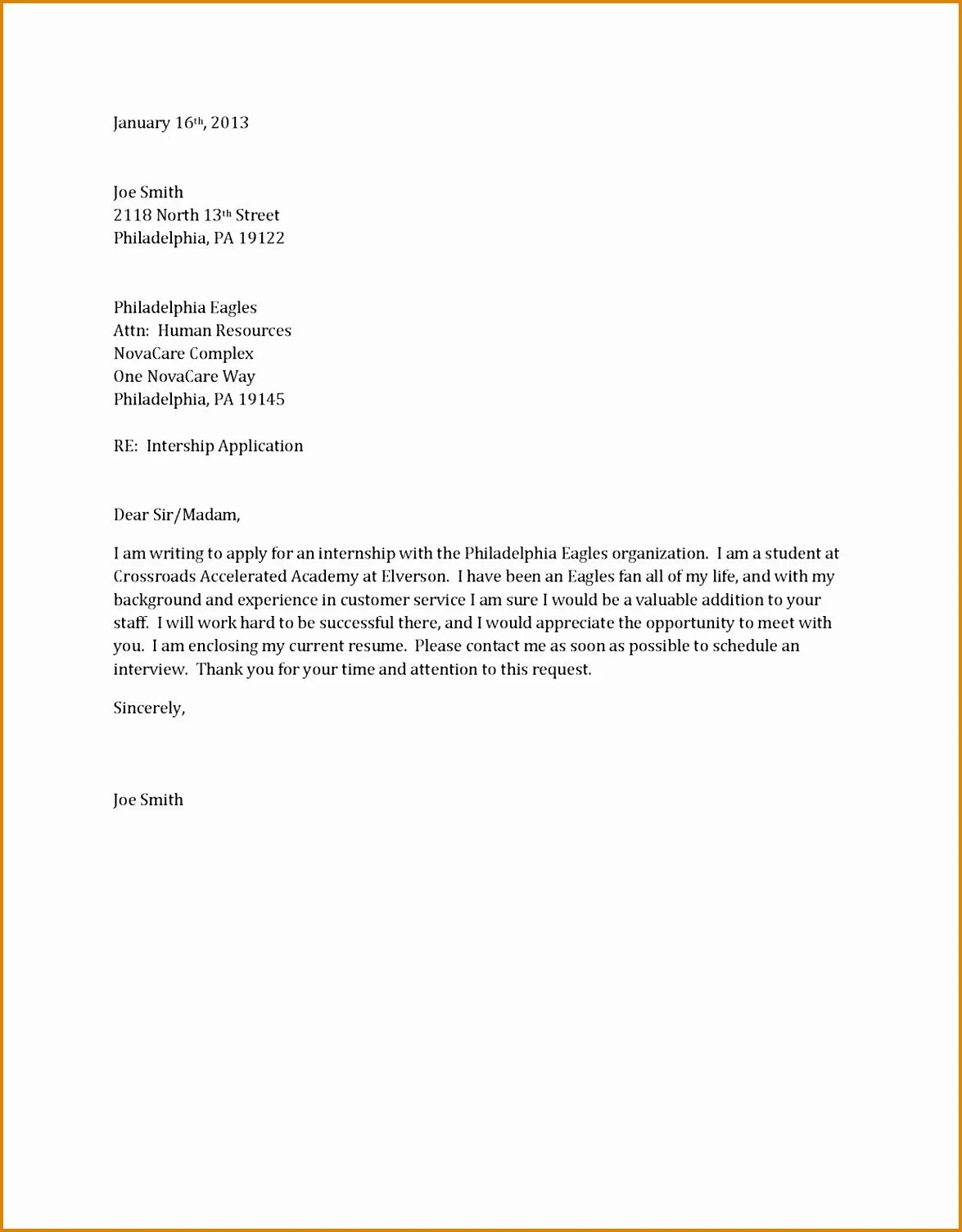
Demonstrating enthusiasm is key to making a positive impression. Express your passion for the industry, the company, and the specific role. Show that you’ve researched the company, understand its mission, and are excited about the opportunity to contribute to its success. Use enthusiastic language, but maintain a professional tone. You can express enthusiasm by mentioning specific aspects of the company that appeal to you or by discussing how your career goals align with the company’s objectives. Connect your skills and experiences with the job requirements to illustrate your eagerness to apply them. Ensure your enthusiasm is genuine and not forced, as this will make your application stand out. Your enthusiasm demonstrates your commitment, motivation, and willingness to go the extra mile, which are highly valued by employers.
Cover Letter Example 1 The Enthusiastic Approach
In the enthusiastic approach, your cover letter emphasizes your passion for the role and the company. Start with a strong opening that immediately grabs the reader’s attention, such as a personal anecdote or a direct statement of excitement. Highlight your skills and experience in a way that connects them to the job requirements, but also show how eager you are to contribute. Include specific examples of projects where you’ve demonstrated enthusiasm and achieved positive results. Use a confident and engaging tone throughout the letter, demonstrating your eagerness to learn and grow within the company. This approach works well for roles where creativity, innovation, and a proactive attitude are valued. Tailor this approach to the specific company and role, ensuring your enthusiasm aligns with their culture and values, and it will make you a memorable candidate.
Cover Letter Example 2 The Skills-Focused Approach
The skills-focused approach emphasizes your core competencies and how they align with the job requirements. Begin by clearly stating the position you’re applying for and then immediately highlight the key skills that match the job description. Provide specific examples of how you’ve used these skills to achieve results in previous roles, using the STAR method to provide context and quantify your achievements. Tailor this approach to the specific skills the employer is seeking, ensuring you address each requirement. This method shows your value proposition to the employer and illustrates that you understand and are prepared for the challenges of the job. By clearly articulating your skills and providing concrete examples, you demonstrate your ability to deliver results and make a tangible impact in the new role.
Cover Letter Example 3 The Value-Driven Approach
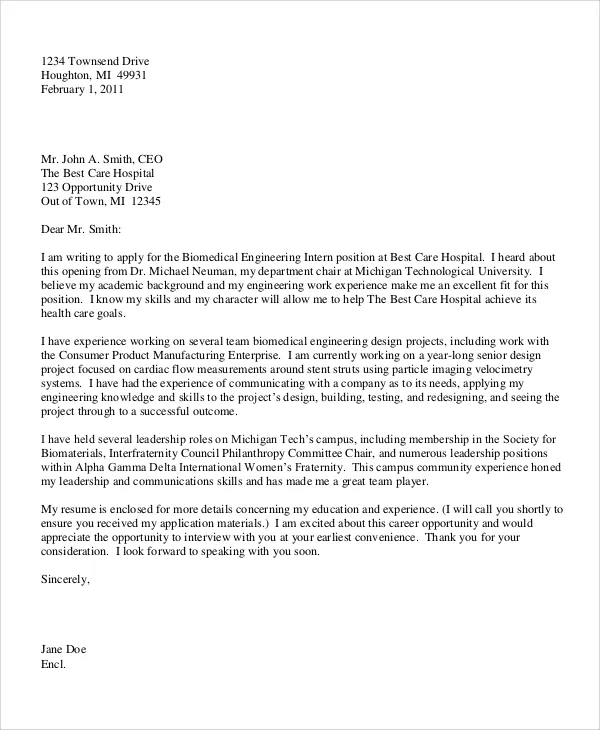
The value-driven approach focuses on the value you can bring to the company. Start by highlighting a significant achievement or skill that directly benefits the company, then showcase your past experiences and how they align with the job responsibilities. Emphasize the results you’ve achieved and the impact you’ve had in previous roles, quantifying your accomplishments whenever possible. Clearly connect your skills and experiences to the company’s goals and values, demonstrating how you can help them achieve their objectives. Tailor your language to match the company’s culture, highlighting your ability to solve problems and contribute to their success. This approach is highly effective if the company values results-oriented individuals who can make a tangible impact.
Cover Letter Example 4 The Networking Approach
The networking approach leverages your existing network to gain an advantage. Start by mentioning how you were referred to the position, whether through a mutual contact or a company employee. Highlight the specific connection and why they suggested you apply. Briefly introduce your skills and experience and how they align with the job requirements, emphasizing any relevant projects or accomplishments. Explain why you’re interested in the company and the role, showing you’ve done your research. Maintain a professional and friendly tone, reinforcing your network’s positive impression of you. This approach is highly effective when you have a strong internal connection and can use their support to demonstrate your credibility and increase your chances of getting hired.
Cover Letter Example 5 The Problem-Solving Approach
The problem-solving approach is about highlighting how you can solve the company’s issues. Start by identifying a specific challenge or problem the company faces or one that’s evident from the job description. Then, explain how your skills and experience provide solutions, offering concrete examples of past successes where you addressed similar issues. Emphasize results and the impact you had, using quantifiable data to showcase your problem-solving abilities. Clearly connect your expertise to the role’s needs, illustrating how you can help the company achieve its goals. Tailor this approach to the specific needs of the company, demonstrating that you’ve thoroughly researched the role and understand their key priorities. By clearly presenting your ability to solve problems, you’re showing that you’re a valuable asset.
Proofreading and Editing Your Cover Letter
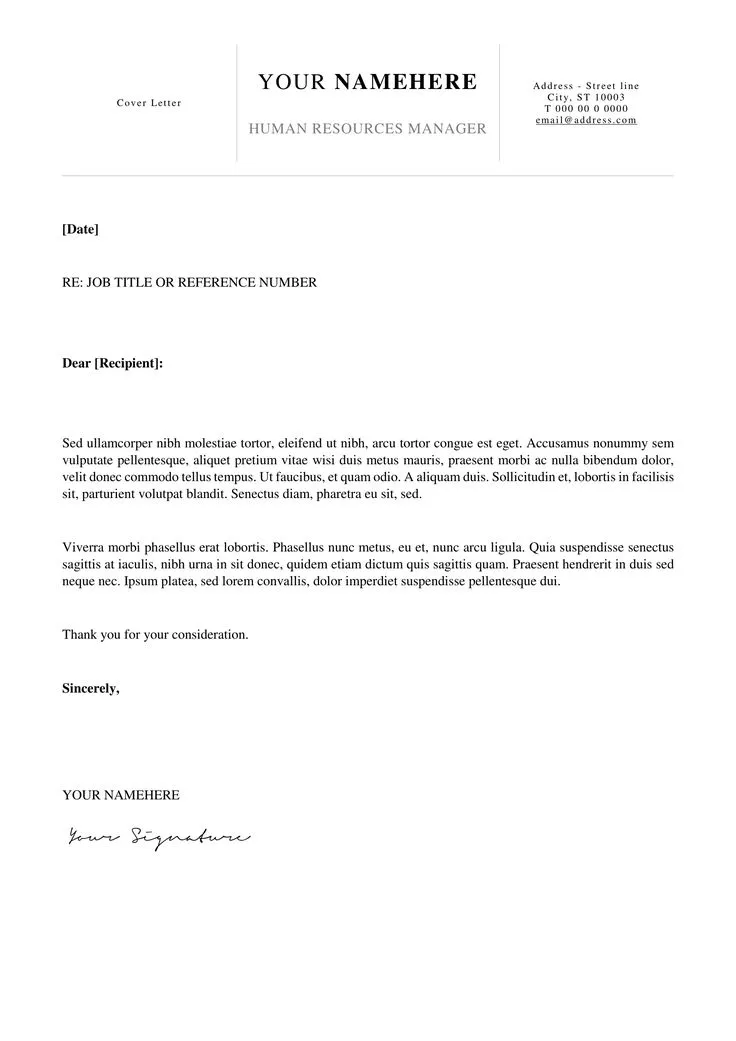
Proofreading and editing your cover letter are crucial steps in ensuring it represents you in the best possible light. Thoroughly review your cover letter for any grammatical errors, spelling mistakes, or typos. Use a grammar checker and spell-checking tool, but also read the letter carefully yourself to catch any issues the tools might miss. Check for clarity, conciseness, and a logical flow of information. Ensure the tone is professional and appropriate for the role and the company. Ask a trusted friend or colleague to review your cover letter to get a fresh perspective and catch any errors you might have overlooked. A polished and error-free cover letter reflects your attention to detail and professionalism, greatly increasing your chances of making a positive impression on the hiring manager.
